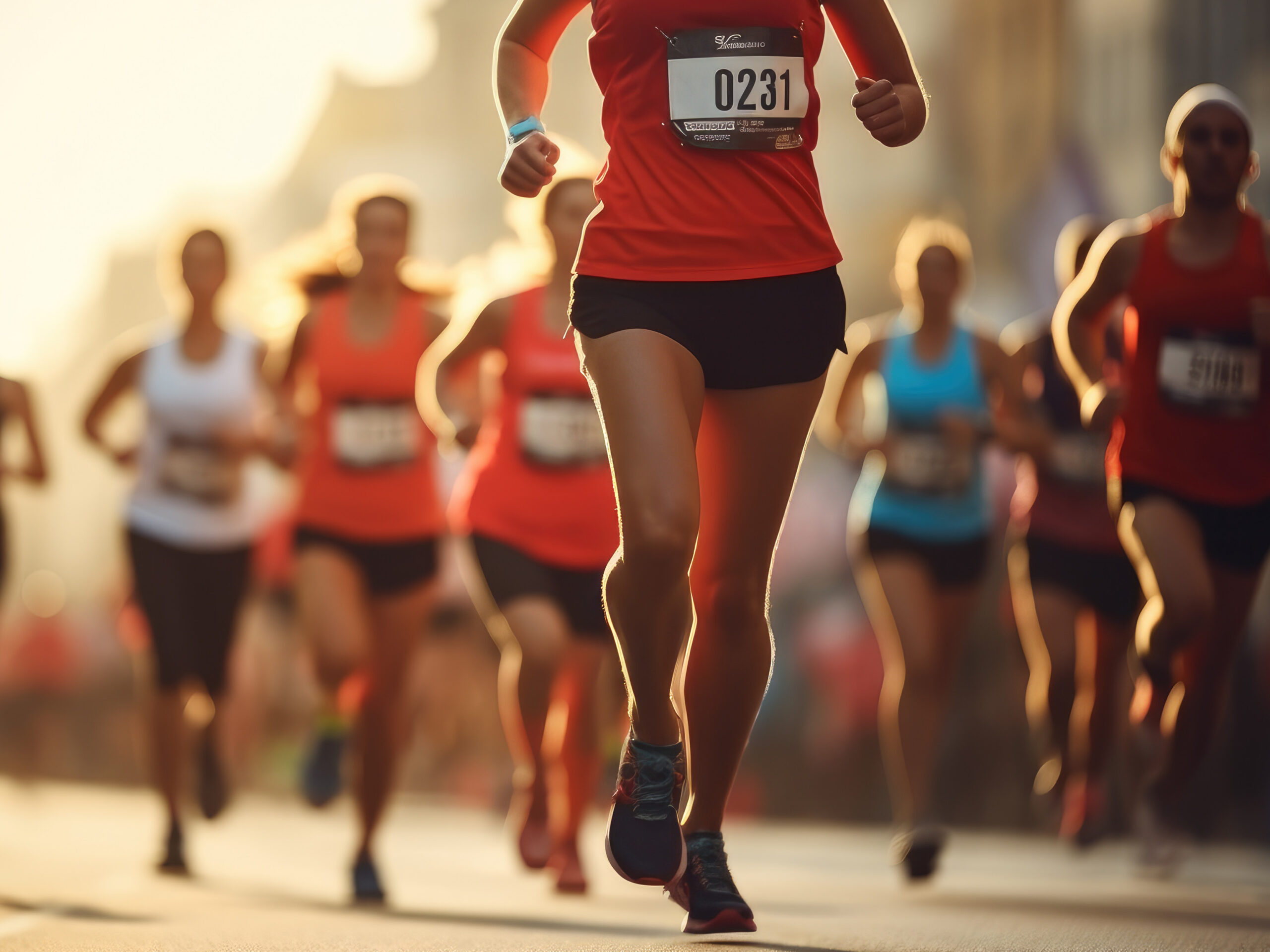Top Tips for the Half Marathon
Top tips for injury-free training for the Cambridge Half Marathon
by Suvanne Southgate,
owner of Cutting Edge Podiatry
At least half of recreational runners are injured in the UK each year, according to research. So, if you are training for the Cambridge Half Marathon on 9th March, what steps can you take to avoid becoming one of the statistics?
1. Give your body time to adjust to training
Increasing distance and speed before your body is ready to do so – and not having enough recovery time in between runs – are common causes of injury. Follow the 10% rule during training to avoid injury – never increase your mileage by more than 10% in any given week. This gives your body time to adapt to the increased workload. It is also important to have rest days – and to alternate speed and distance runs. And take time to warm up and cool down, which helps maintain flexibility.
2. Alternate runs twice weekly with strength and flexibility training
Running with muscle weakness and imbalances often causes overuse of muscles not strong enough to do the job being asked of them. An overuse injury is caused when the muscles have no time to adapt or recover between training. Ideally, you need to alternate your runs twice weekly with strength and flexibility training. This training should include your hip, leg and ankle adductors and abductors which are commonly left out.

3. Wear the right trainers
Trainers are expensive but don’t retrieve the ones at the back of the wardrobe that you last wore eight years ago. Equally, don’t train in the ones you wear every day to take the dog for a walk. Get some advice from a proper running shop where they can look at your gait style and recommend the appropriate trainers for your running style. And these are then your ‘running trainers’ only.
4. Pay attention to running gait
Familiarise yourself with some basic running gait knowledge or seek professional advice. For example, when striking the ground with the heel, having the knee too straight at impact will significantly increase the risk of injury. By not overstriding, you’ll allow the knee to flex appropriately. Taking too-small strides is also a risk factor, though, as this will place enormous stress on your Achilles tendon and calf muscles.
And finally… Don’t ignore niggling discomfort
Ignoring an injury will not make it go away – so deal with any issues at an early stage. Seeing a professional will help you identify the problem so that you can rectify it. In most cases, it will be muscle imbalances and weakness that have caused tissue damage. Nipping issues in the bud will get you back on the road and across that finishing line.



